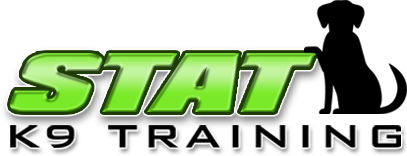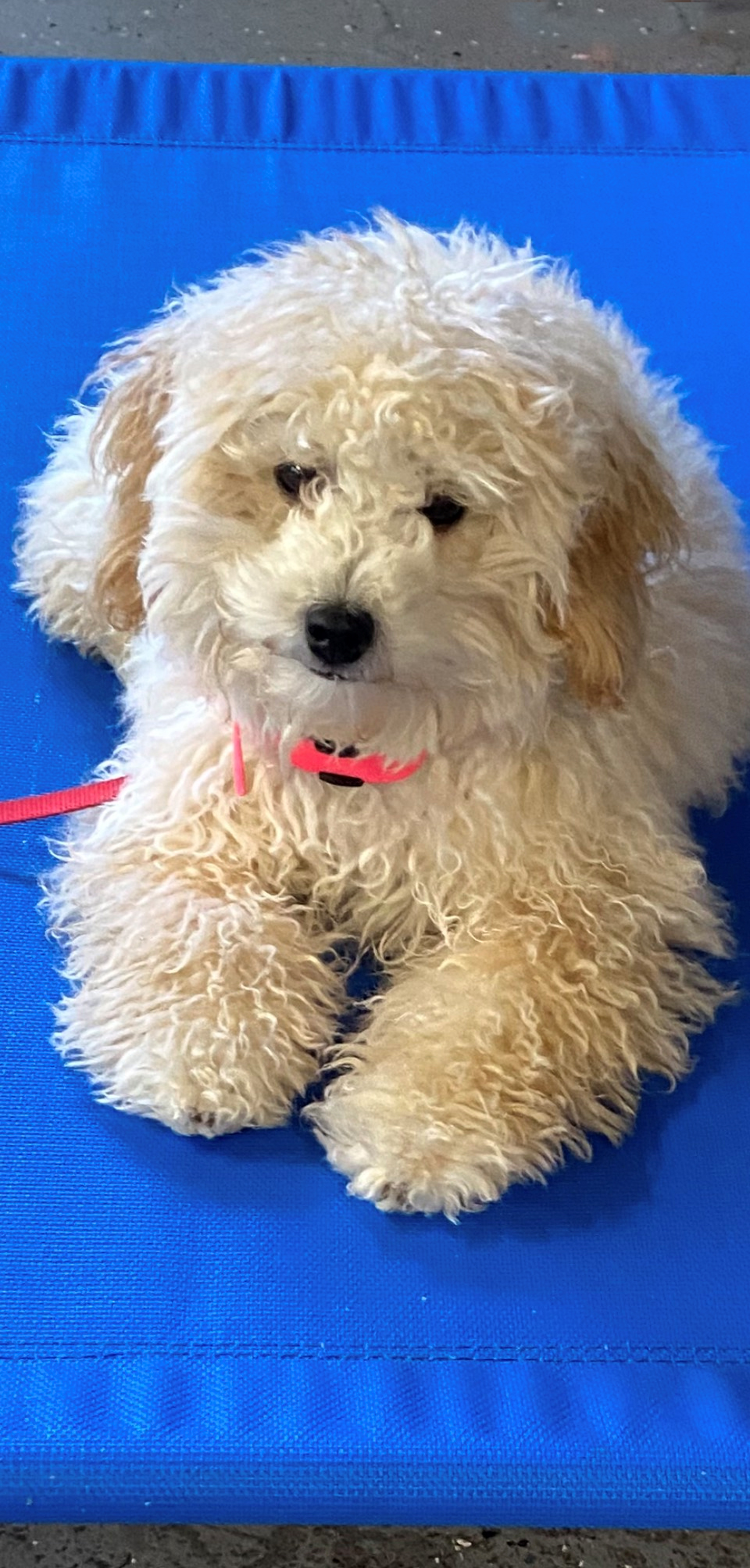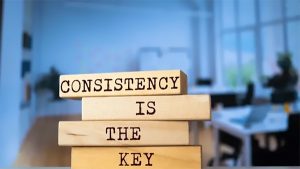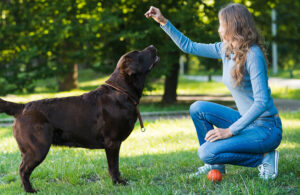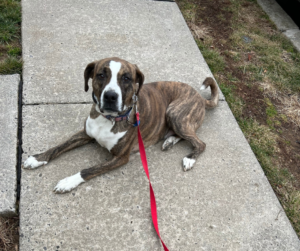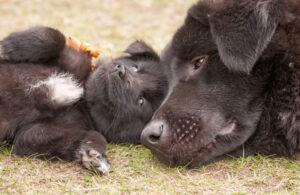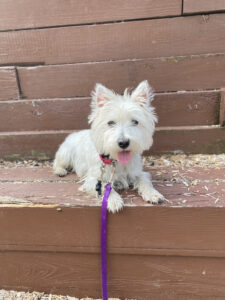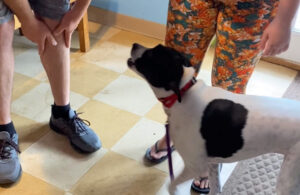Potty Training can be super frustrating! One minute your pup is going outside, next thing you know it’s having accidents in the crate or some random spot in the house. Many people want the dog to tell them when it is time to go, but that’s not going to work. You have to tell the dog when to go by creating a schedule.
One of the most helpful tips is to start tracking when your pup eats and drinks. Once this is established, just set your timer for every 1-2 hours (more or less) and you’re on your way. This approach worked like a charm when I was raising my Golden Doodle. She was way past six months and still having accidents. Once I put her on a schedule, she stopped having accidents. Consider setting reminders on your phone to keep the schedule on track.
Use a crate to prevent your pup from roaming the house. Free roaming will definitely lead to confusion on the pup’s part and there will be accidents. Especially for toy and small breeds, because they have tiny bladders and need to go more frequently. A small dog can easily sneak off somewhere to eliminate. If you have an intact male, they will probably start marking in the house, so you want to establish boundaries early on. Always supervise your pup when it’s out of the crate., and use gates and close doors to prevent the pup from getting to these places where it’s easy to potty.
When it comes to poop, monitor how much food your dog is eating–both treats and kibble. If you are using the guide on the back of your dog food bag, you are probably feeding too much. If your dog poops A LOT, then try cutting back a little. Treats are like junk food, so I highly recommend cutting way back on them, too.
Hydration is very important, but some puppies do not self regulate and will drink an entire bowl. THis can really mess up house training. If that is the case, you wan to take control of the water by measuring how much the pup should have (based on weight) and allow the dog to have the water at designated times. The general rule is one ounce of water per pound of body weight per day. Do not allow free drinking. Instead, train your pup to drink at set times throughout the day, and be sure it is getting enough water.
Pay attention to your dog’s habits. Some pups go number 1 and number 2 at the same potty break, while others may go number 1 and then 30 to 60 minutes later, need to go back out for number 2.
Be consistent by picking a designated area in your yard. Always use the same door to go out to the yard, and use the same command each time. Say “go potty” and then be quiet and let your pup concentrate. Consider keeping the toilet area close to the house, so it’s easier for the puppy on rainy days. This way you and your pup aren’t walking all over the yard looking for the best spot to potty in the pouring rain.
Lastly, be patient when teaching potty training. Puppies can become very distracted outside, especially if you live in a noisy neighborhood. Give your puppy time to go, and if they don’t go right away, put them back in the crate or exercie pen for 30 to 45 minutes and try again later.
Puppy raising is serious business, but that doesn’t mean it has to be hard. Get ahead of the problems by developing a course of action and sticking with it. If you are overwhelmed, hire a dog trainer!
#dogtrainer #dogtraining #collegevilledogtrainer #pupoytraining #puppies #pupoytips #leashreactivity #puppytraining #resourceguarding #ecollartraining #ecollar #offleashdogs #chestercountypa #montgomerycountypa #collegevillepa #malvernpa #chesterspringspa #collegevillebusiness #collegeville #yorkie #pottytraining #puppies
